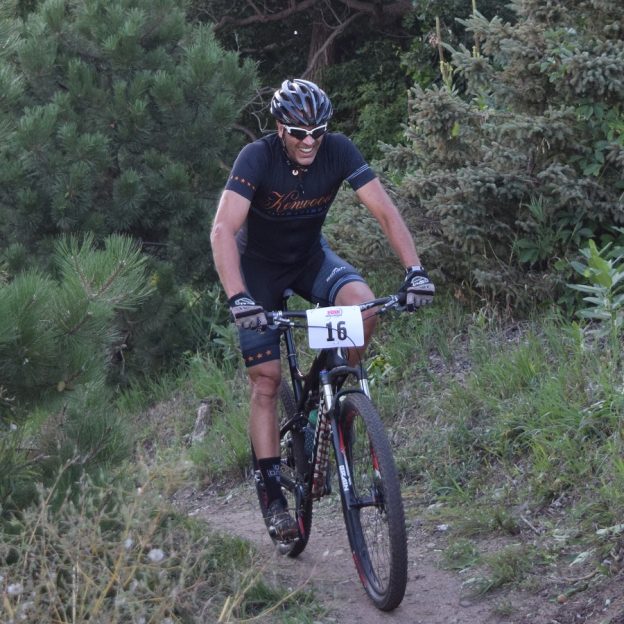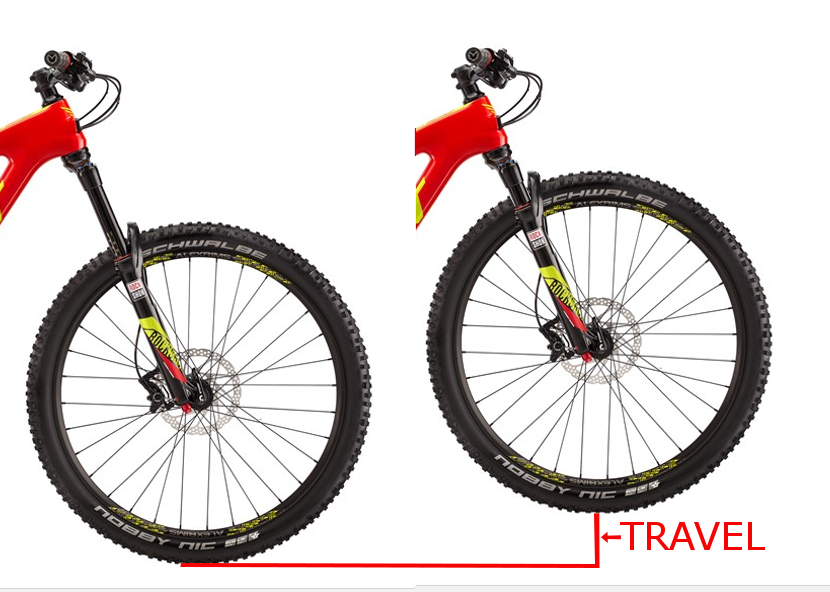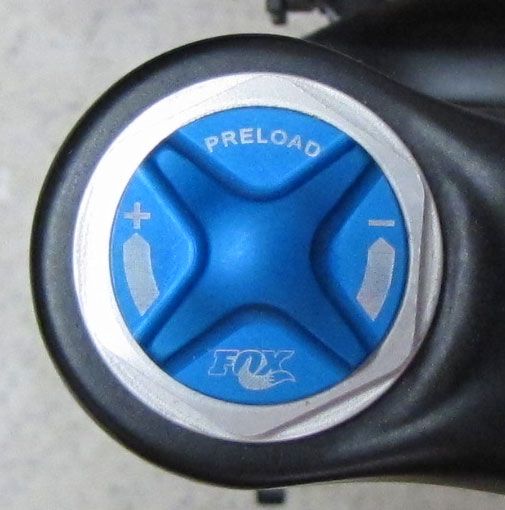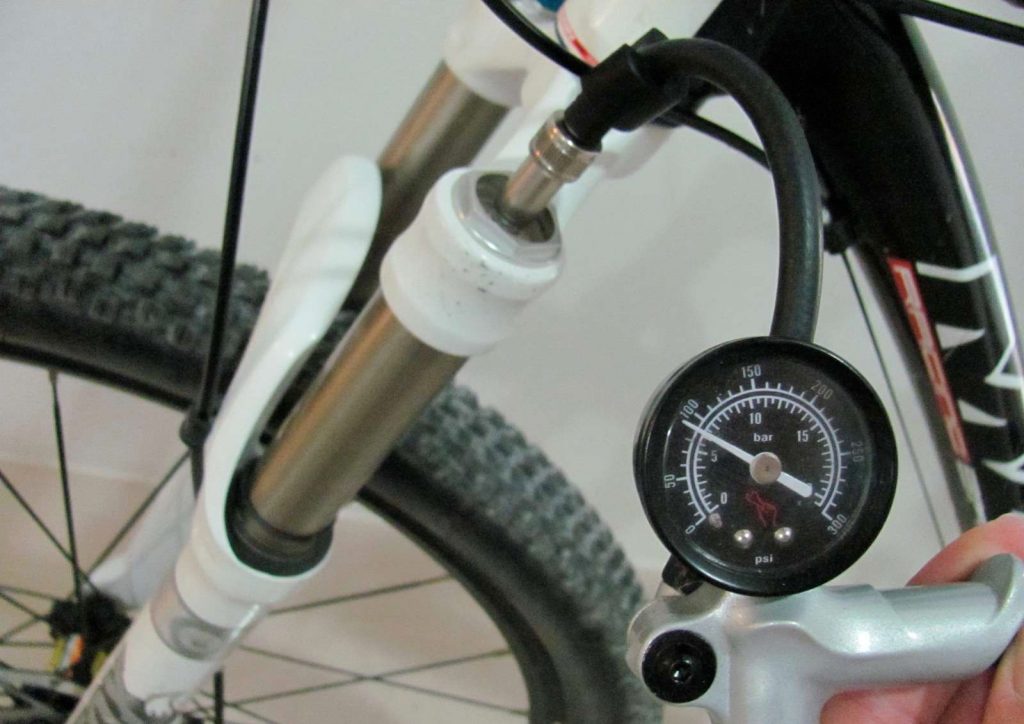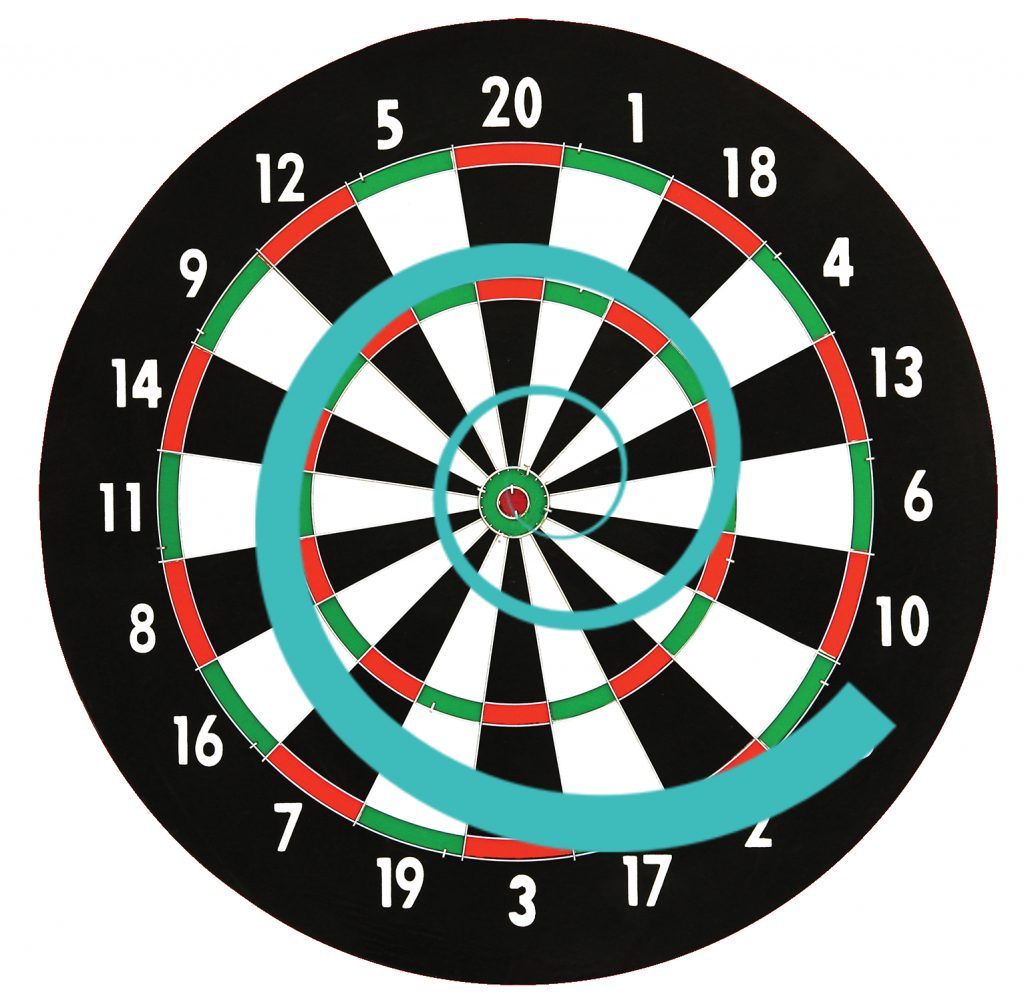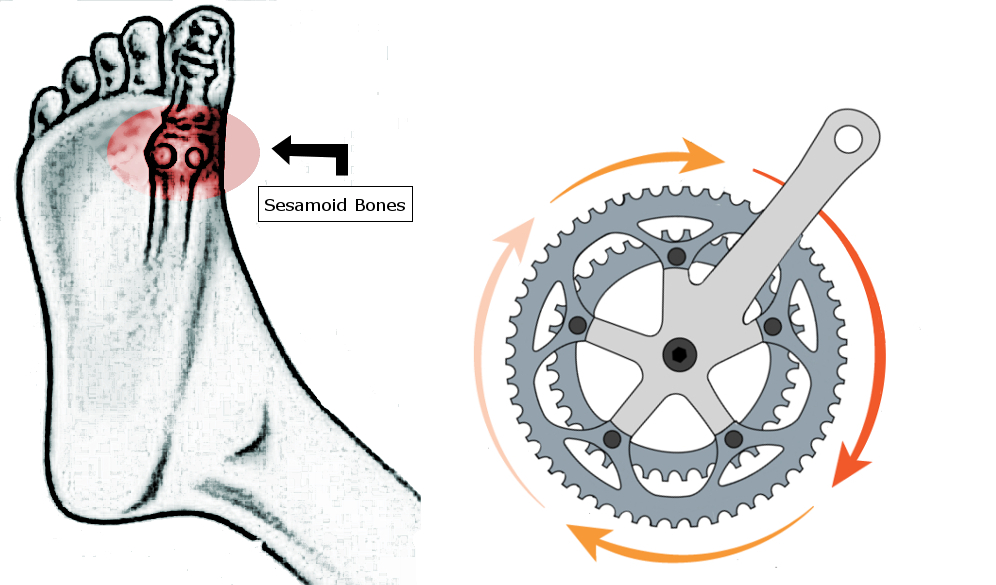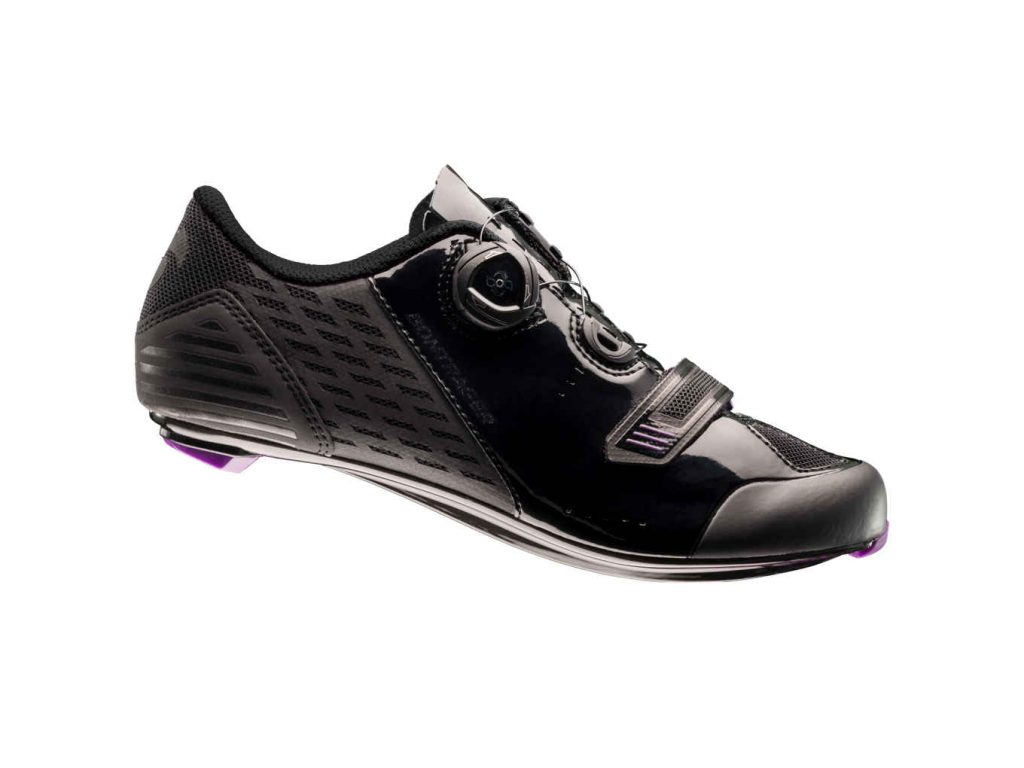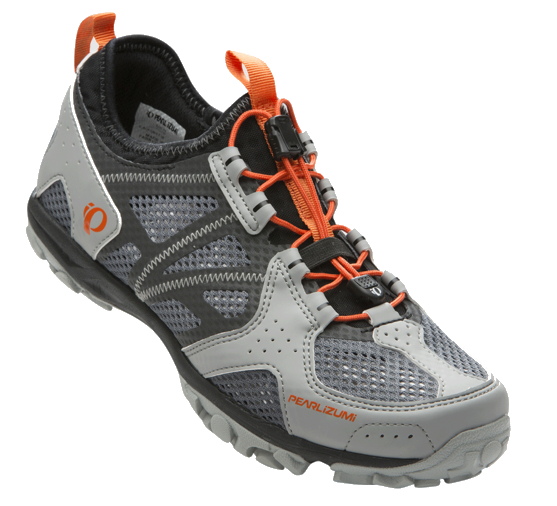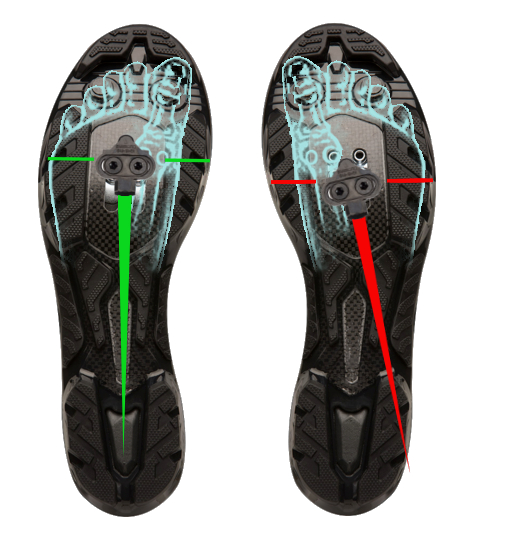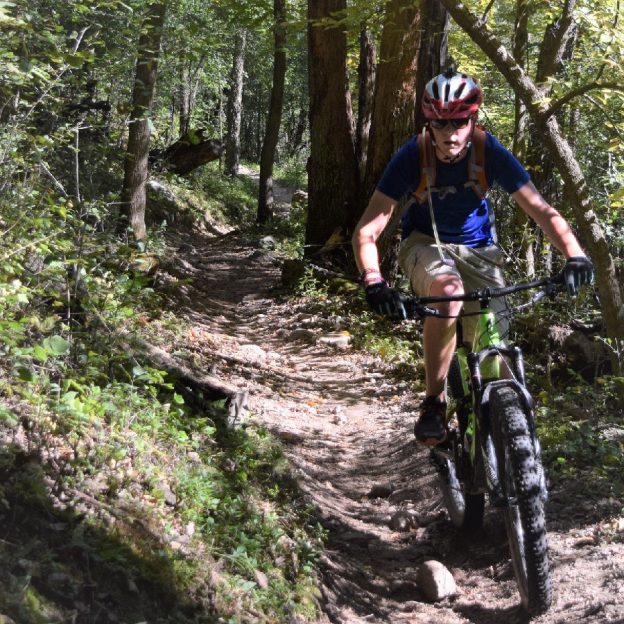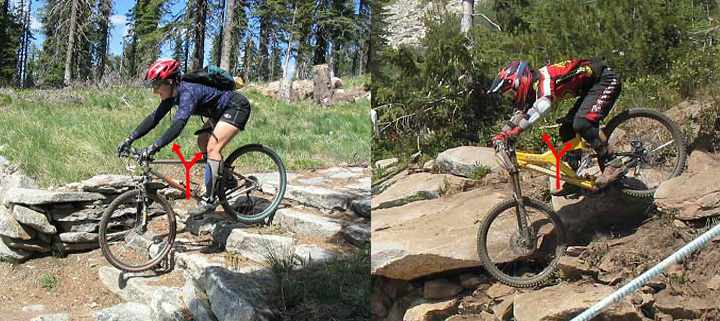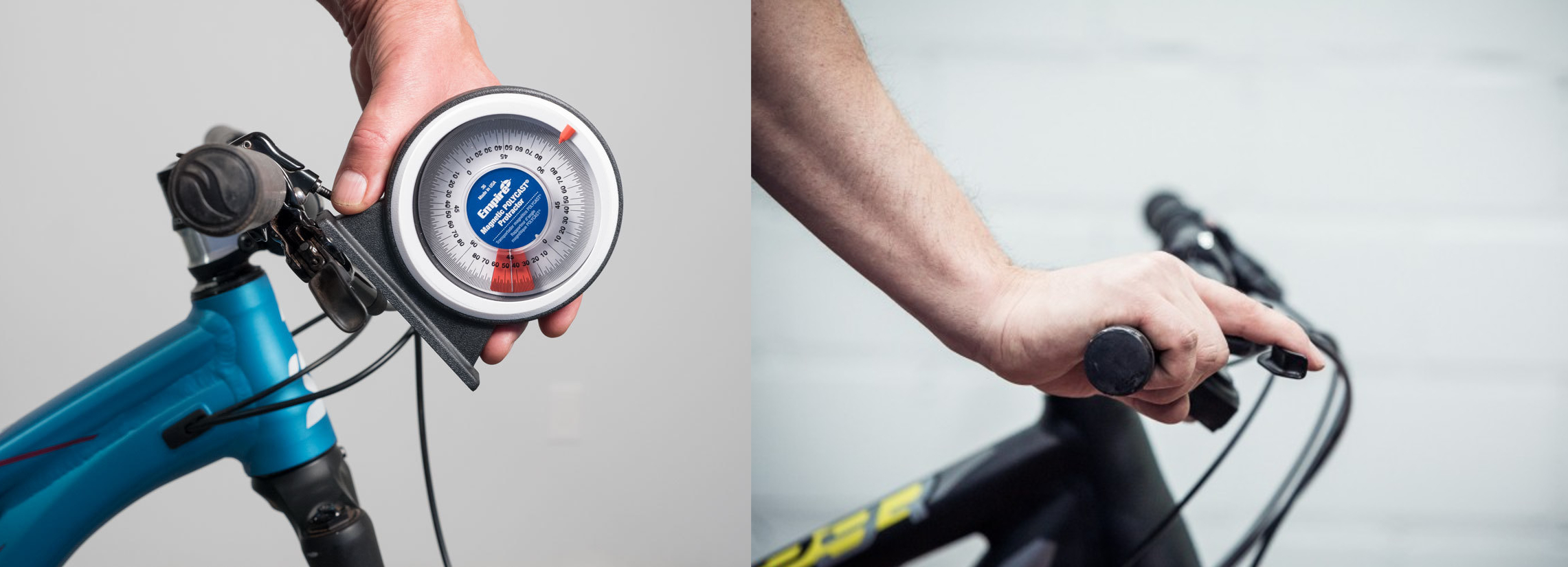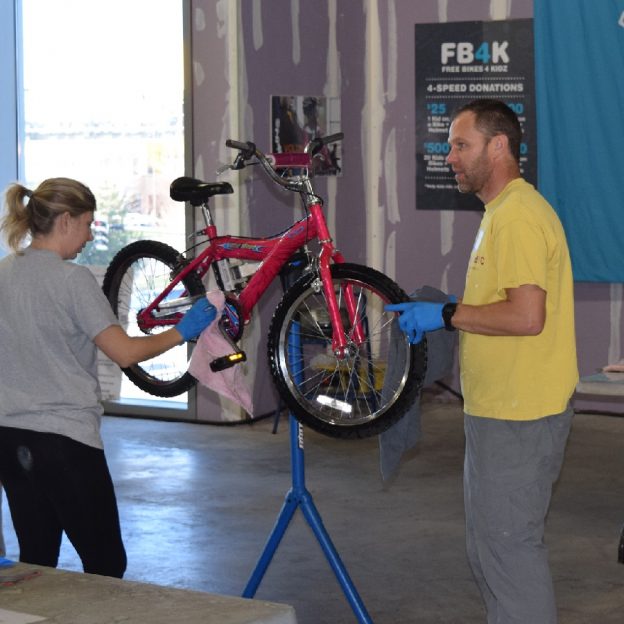by John Brown, HaveFunBiking.com
Most mountain bikes today are coming equipped with a suspension fork, many others are offering suspension for both the front and rear wheel. Additionally, the technology being employed in these suspension systems has become truly amazing. As good as suspension is, it does nothing unless setup correctly. Read on to learn how the right suspension setup can have you riding longer and in greater control.
Suspension Setup Terminology
To properly set up your suspension, it is first important to know what all the parts are called, and what they do. While shaped very different, suspension forks and rear shocks use the same terms and functions
Travel
Suspension travel is simply the distance your wheel can move. On suspension forks, this is easily measured on the fork itself, while measuring rear wheel travel is far more difficult. ON the bright side, most manufacturers publish the amount of rear wheel travel a bike has.
Spring
Suspension springs can be made of metal (coil spring) or air. Coil sprung suspension is great because it offers smooth motion from the initial movement to the end of its travel. Air springs are great because they are lighter than a coil, and have a wider range of adjustment (just add air to make the suspension stiffer, or remove it to make the suspension softer). The downsides of an air spring is that they suffer from a greater static friction (stiction) in the initial part of its movement than a coil spring. Additionally, to change pressure in an air spring, you need a specific shock pump.
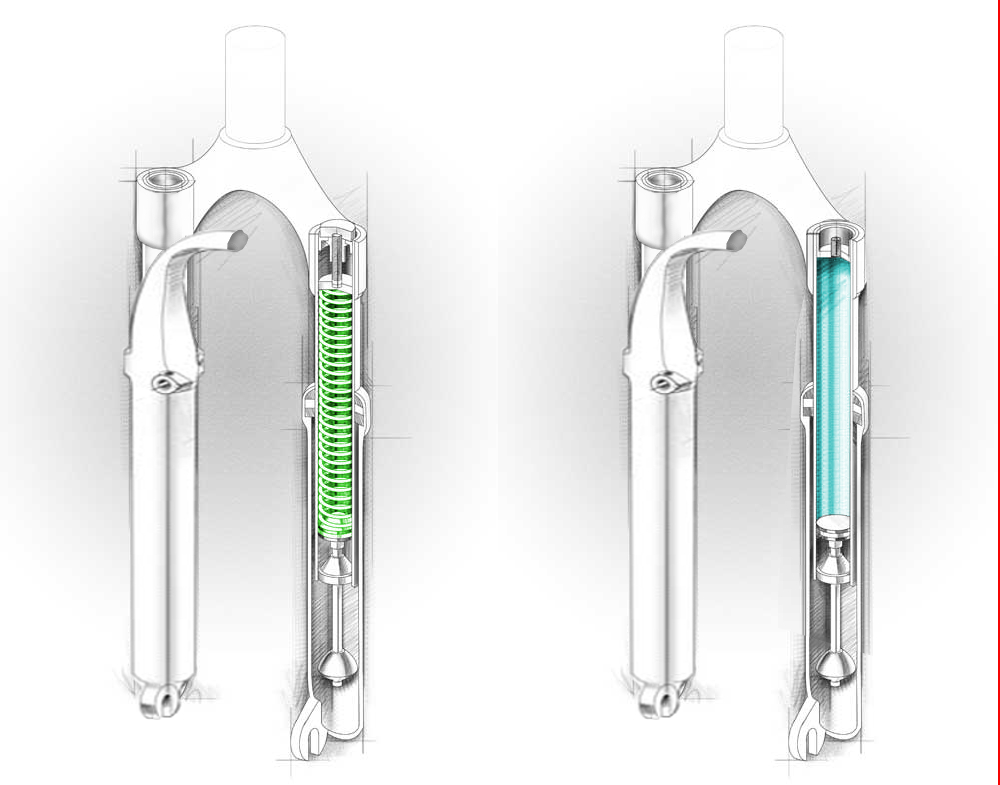
These cutaway pictures show how a suspension fork works. Coil spring on the left (green) and air spring on the right (blue)
Damping
Damping is a way of controlling how fast the suspension can move. As an example, if a fork is un-damped, it would rebound as quickly as it was compressed, making your bike bounce around the trail like a pogo stick. A damper is the mechanical device inside the suspension that allows it to compress quickly when you hit an object, but return at a controllable rate. Damping comes in two common forms, Compression and Rebound. Compression damping controls how fast a suspension can be compressed and rebound damping controls how fast the suspension can return to full extension.
Preload
Preload is a set amount of compression force applied to the spring at its full extension. For instance, a coil spring might have some preload applied if a rider feels their suspension is too active. By applying some preload, you raise the force needed to begin the suspensions movement. In most cases, preload is handled by adjustment knobs on the top of a suspension fork.
Sag
Sag is the amount your suspension will compress when you are seated on your bike. Having some sag allows your wheels to track down into holes in the trail as well as compress if you hit an object. Overall, an optimal amount of sag is between 25-35% of the total travel.
Bottom out
Bottom out is when you compress suspension to its limit. Most suspension is designed with bumpers to protect metal parts from doing damage to one another during a bottom out.
Setting Sag
First, you will need something to mark your sag point. Most suspensions come with a rubber o-ring installed around the fork leg or rear shock. If they don’t have an o-ring, you can use a zip-tie that is loosely installed around the leg or rear shock.
Next, lean the bike up against a nearby wall and get on. Stand on the pedals with your hands on the bar and bounce up and down on the bike a few times. Now sit gently on your saddle with your weight forward (normal riding position).
Now push the o-ring down on the suspension against the seal and get off your bike carefully. You should see is some space between the o-ring and suspension seal (see image). That space is your sag measurement. Like stated earlier between 25-35% of total travel is optimal, so suspension with 100mm of travel should have 25-35mm of sag. If you have too little sag, stiffen the spring, too much then soften it.
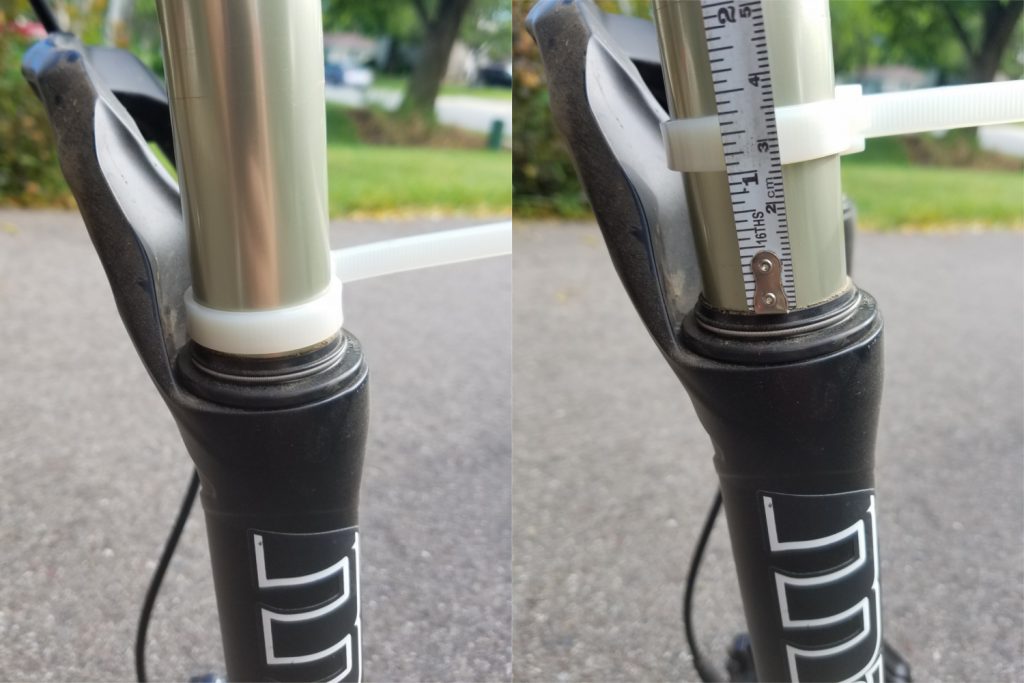
The zip tie is flush against the fork seal under the weight of the rider, but when the rider steps off, 25mm of sag can be measured (left)
Suspension Setup and Air Spring Adjustment
Most manufacturers have a recommended air pressure based on your riding weight (remember to account for the weight of your gear and pack!). Before checking your sag, start by pressurizing your suspension to those recommended settings. Once you have checked sag, either increase or decrease the air pressure to make your suspension stiffer or softer.
Coil spring.
To adjust the sag amount on a coil spring you have two options. First option is to replace the spring for stiffer or softer versions. Replacing the spring will be necessary if you can’t achieve the proper sag by adjusting the preload setting. To adjust preload, simply turn the knob on the top of the suspension fork to the right to stiffen the fork, or the left to make it softer.
Setting Damping
Most suspensions only offer the ability to adjust rebound damping easily. Compression damping can always be adjusted, but it typically requires some disassembly. To initially setup your rebound damping, first find the adjustment knob usually located on the bottom of the right fork leg. Turn the damping knob to full open (typically represented by a “–“ symbol or a picture of a rabbit). Now, stand over the bars; press down then pull up quickly. You should feel the suspension spring back up as quickly as you compressed it. Turn the damping knob closed a small bit and repeat your compression test. Continue to compress and add damping until you feel the suspension is not quite able to keep up with your hands as they pull up.
Suspension Setup On the Trail
With your suspension setup now at a good starting point, take the bike out on the trail to fine tune it. First thing you want to ensure is that you bottom out your suspension under normal riding conditions a few times per ride. Bottoming out the suspension is a clear indicator that you are using all of your travel. However, be sure you aren’t bottoming out all the time. I know I just told you it’s OK to bottom out the suspension, but if you are doing it more than 2-3 times a ride, chances are you need to stiffen your spring.
If by chance you haven’t slowed the fork’s damping down enough, you will feel as if the bike wants to bounce away through rough sections. An under-damped fork will almost feel like the front end of the bike is trying to get away from you. The solution to this problem is to increase the amount of rebound damping you have.
As you add damping, be concerned with not allowing the fork to “pack up”. When you set your damping, you determined the rate at which the suspension can return to full extension. If your terrain is particularly rough, it is possible to set the damping to rebound slower than you need. As an example, if you go through a rock garden, hitting an object every second that compresses you fork 10mm, you want the damping to allow the suspension to rebound at least 10mm per second. If your suspension can only rebound 7mm per second, you will quickly be riding at less than full travel. The key indicator of this is the fork will feel stiffer through the rough stuff, but soft again when the trail smooths out. If you experience this, speed up the damping slightly until the feeling goes away.
Continuing adjustments
Over the first 6 months of owning your new suspension, never stop focusing on how it performs. As the forks wears in and begins to move more freely, the amount of damping you need may differ. Also, as you adjust your spring, it will slightly change the way your damping works. The best way I can describe suspension setup is as a dartboard. Rather than shooting for the bulls-eye in one shot, you are traveling down a spiral road getting closer to the bulls-eye with every new adjustment. With a little luck and focus, you will realize all the performance your suspension has to offer you.
